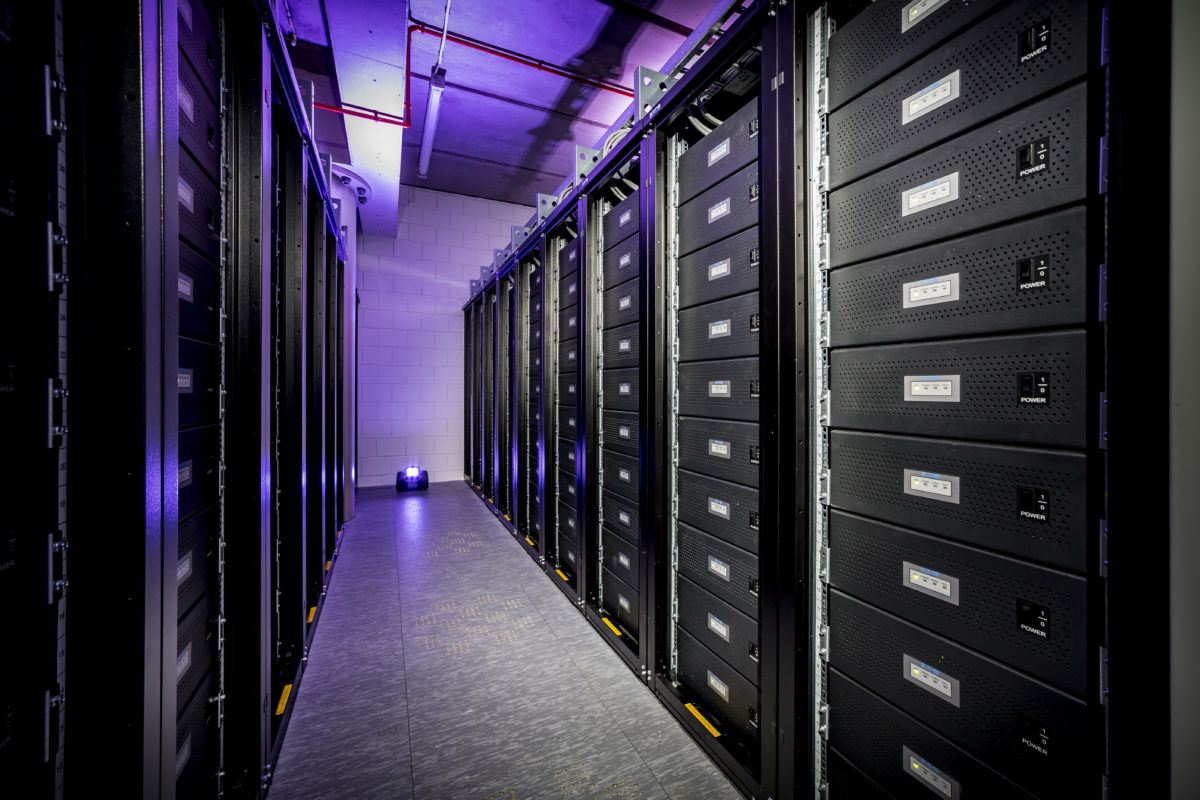The continued growth of renewables in the global energy mix is inextricably linked to grid level energy storage, which can smooth out the inherent intermittency of solar and wind generation, ensure that generated power is in the right place to meet demand and provide a range of other services to the grid.
While lithium-ion is the best-known storage technology today, a range of different battery technologies offers the potential to provide valuable services to electricity grids around the world, each with its own advantages and disadvantages.
In a new paper, researchers at Tianjin University in China examine these battery technologies, providing a broad perspective on the state of battery technology for grid applications today, and offering a roadmap to guide future studies in this areas. Their findings are published in the paper Battery Technologies for Grid-Level Large-Sale Electrical Energy Storage, published in Transactions of Tianjin University.
The researchers identify three main roles for batteries to perform at grid level:
- Peak shaving & load leveling: To balance gaps in demand.
- Voltage and frequency regulation: To achieve a real time balance with non-uniform load on the grid
- Emergency energy storage: Providing back up power and preventing outages.
The paper discusses the role of a wide range of existing battery technologies and their ability to provide these services safely and cost effectively, and the challenges that exist for each.
“Battery energy storage technologies with rapid response, low cost, long lifetime, high power, and energy efficiency can be distributed throughout the grid and therefore are desirable for utilization in grid-level electrical energy storage,” say the researchers. “However, some trade-offs often exist among different properties and no existing batteries can meet all the requirements.”
The paper offers analysis of battery technologies including lead-acid, nickel cadmium, nickel metal hydride, sodium-sulfur, lithium-ion and flow batteries of various chemistries.
Three broad conclusions are drawn from this analysis – that research should move in the direction of novel battery systems aimed at meeting all the requirements of grid level energy storage, that cost efficiency requirements mean efforts should focus on batteries based on cheap, abundant materials – such as sodium-ion. And finally, that modelling and comparison between different battery technologies is vital in establishing the best option for a given use case.
This content is protected by copyright and may not be reused. If you want to cooperate with us and would like to reuse some of our content, please contact: editors@pv-magazine.com.




very good
For hours of operation in the 10kW space, Li-Ion still looks like the way to go for homeowners.
Great post! Thanks for sharing the knowledge and keep up the good work.
A well detailed and useful article. Many thanks for sharing, it’s bound to help lots of folks out there.
You always publish helpful info, some of which I share on Twitter.
The only proven long term technology for utility storage is Hydrogen. Excess electricity is used to convert water into hydrogen and oxygen. The hydrogen is then stored. The oxygen can be sold. It’s “boiler plate” ready, and it’s the only comprehensive solution to how to best undergo the Green Energy Transition. It offers storage, energy transport via pipeline, and many industrial thermal processes. It also does not require the exotic minerals and metals of virtually all other schemes. The latter is a great political advantage, allowing self sufficiency for a country. No battery technology has all these advantages, and as the cited article shows, no battery technology is completely acceptable.
The most important thing is that we are out of time. Catastrophe has begun, claiming many thousands of lives in famine, draught, sea level rise, and it’s only a matter of time before it engulfs the richer nations, which however are suffering hundreds of billions of dollars a year damage. This means that battery research is a luxury. We can continue with such research on the side, as we start right now to build the Hydrogen Economy. Scientists need to prod governments towards the command to “Build!” while committing about 6% of the world’s gross domestic product towards that goal. As newer, cheaper technologies become available, we can incorporate them, but our primary goal is to save the planet as we know it, and further delays to find the cheapest, the most efficient, the safest, the “best,” is only pussyfooting. Listen to Greta Thundberg.